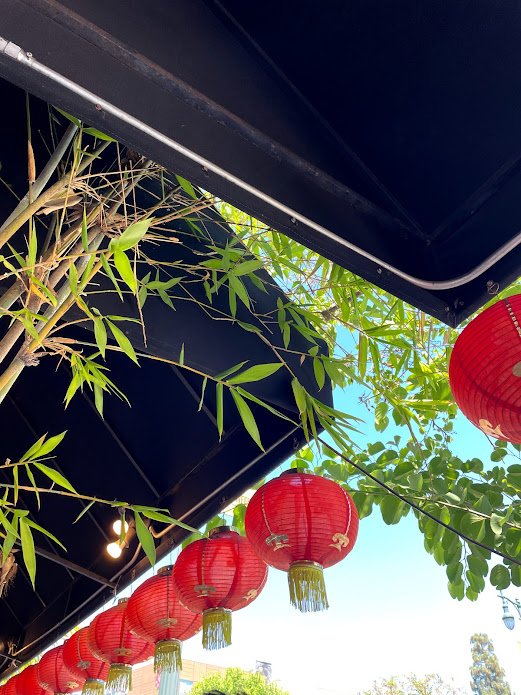It has always been a dream of mine to visit every Chinatown across the nation since I was young. Going to LA Chinatown was so surreal. There was a different vibe, a whole other history to learn that the town educated me on. With time, some of the Chinatowns either become demolished due to natural disaster or closed down- such as Ctowns in San Jose or NY. We must take care of these local businesses and towns to ensure our children will be able to visit these cultural landmarks.
Visited Summer 2021
LOS ANGELES
LOS ANGELES
History
Known as a famous location from “Rush Hour, this Chinatown definitely felt accustomed to American tourists.. But where did this Chinatown start? The first Chinese was recorded to be in Los Angeles in 1852. Continuous settlement began in 1857. By 1870, an identifiable "Chinatown" of 200 or so was situated on Calle de Los Negros - Street of the Dark Hued Ones - a short alley 50 feet wide and one block long between El Pueblo Plaza and Old Arcadia Street. These early, mostly male, Chinese were mainly laundrymen, market gardeners, agricultural and ranch workers, and road builders.
But before Chinese stereotypes entered the Hollywood scene, this Chinatown has always been a space for exhibits and shows for American tourism. Old Chinatown in its heyday, 1890 to 1910, could count 15 or so streets and alleys, and perhaps 200 building units. It had sufficient size and sophistication to boast of a Chinese opera theater, three temples, a newspaper (for a while), and later, its own telephone exchange. Old Chinatown was a residential as well as commercial community. The slow increase in the number of women would lead to the establishment of families with children. Old Chinatown, with restaurants, curio shops, and "strange" entertainments, even became an attraction for the early, pioneering breed of American tourist.





















